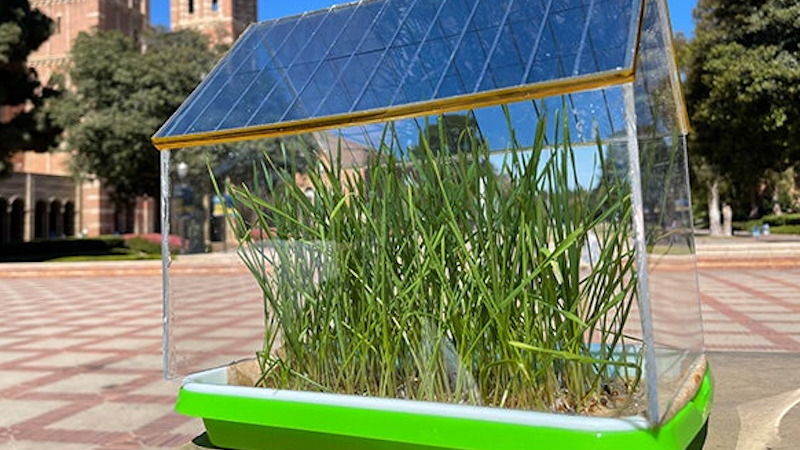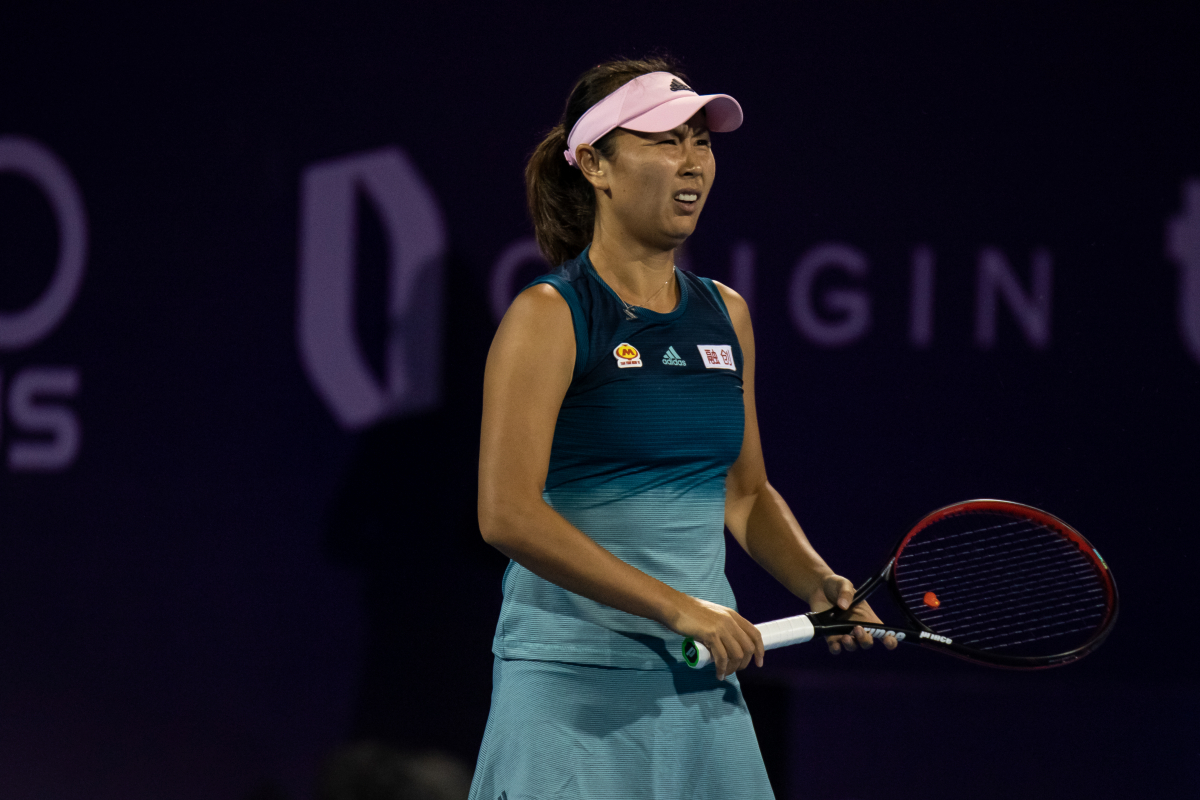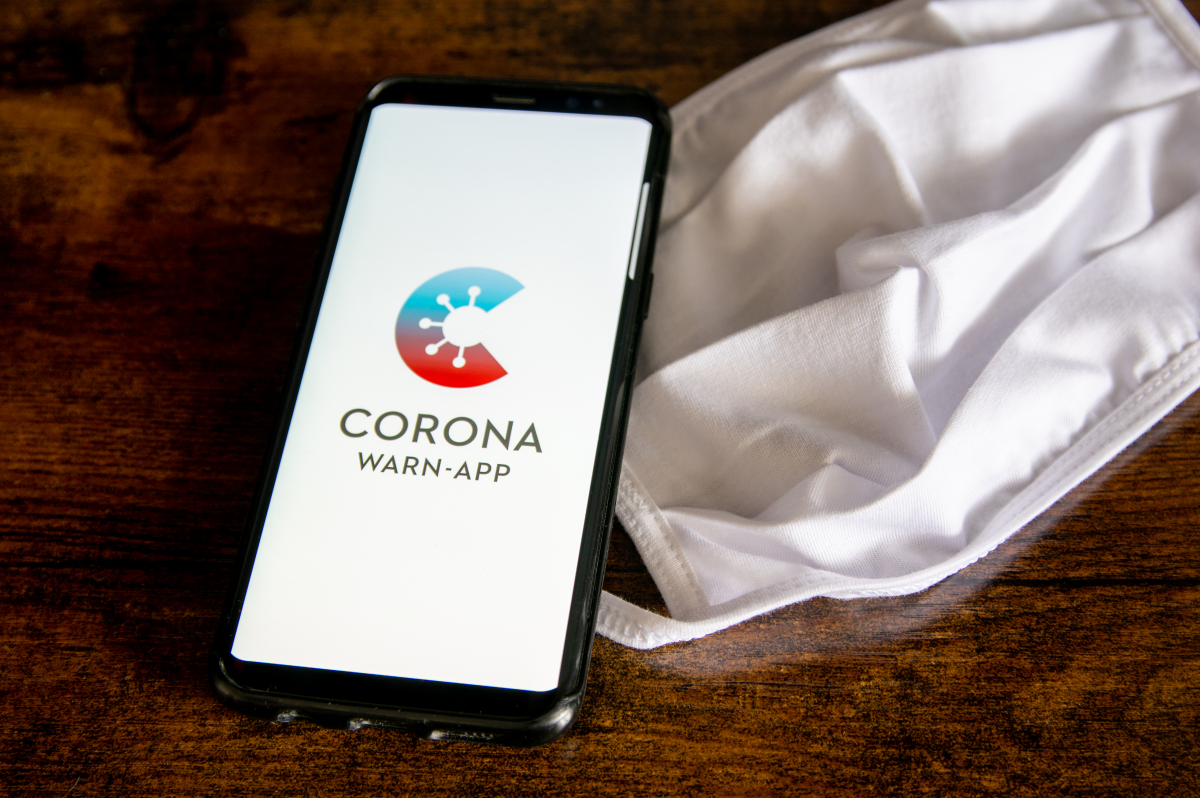Greenhouse with a solar roof: Researchers want to revolutionize plant breeding
Researchers at the University of California have developed a new type of greenhouse with a solar roof. At the same time, it should ensure higher yields in plant breeding.
Energy from the sun is and remains one of the most promising energy sources for the future. Because it is almost endlessly available, free of charge and does not cause any CO2. But solar systems cannot necessarily be installed everywhere. In greenhouses, for example, conventional solar cells would absorb too much light, reducing yields.
Therefore developed by researchers at the University of California (UCLA) now a new semi-transparent solar roof. This is based on organic photovoltaics. So far, however, this type of production for solar cells has not been particularly successful because durability was a problem. The organic components decompose at some point due to sunlight.
New greenhouse with solar roof is much more durable
To ensure that nothing stands in the way of sustainable energy production, the UCLA team developed an additional layer. This consists, among other things, of L-glutathione, a composition of several amino acids. In addition to a longer shelf life, the addition of the layer had another advantage: it made the system significantly more efficient.
So the approach seems to have potential. Before the first test setup, however, it was still unclear what would happen to the vegetation in the greenhouse. Therefore, the results surprised the team all the more. Because both cereals and vegetables thrived splendidly.
Sometimes a better harvest than in classic greenhouses
Even more astonishing is that the plants in the solar greenhouse apparently grew much better than in a comparable structure. The results were also confirmed after repeated experiments. The scientists explain this by the fact that the extra layer lets significantly fewer UV and infrared rays through.
This is particularly advantageous in California, since the greenhouse heats up significantly less as a result. Semi-transparent solar cells could therefore one day represent a real alternative. Because even after 1,000 hours of operation, the panels were still more than 80 percent efficient.
Also interesting:



